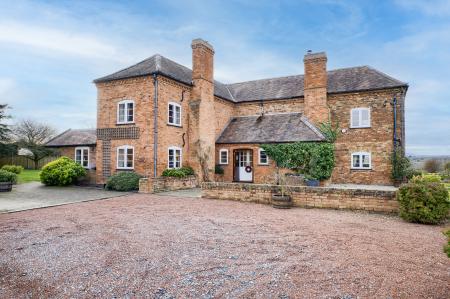
The 18th-century work was carried out by Thomas and Edward Woodward of Chipping Campden in Gloucestershire, who designed a building in neo-classical style made of a pleasing mix of limestone and brick. The building is rectangular, with a west tower in 4 stages and a tri-light east window under a classical pediment.
The interior is a wonderful example of Georgian taste, arranged in a single cell layout without aisles. Here you will find all the usual Georgian trimmings, including box pews, a west gallery, and a striking triple-decker pulpit with a superb tester.
Look for the likeness of a pelican feeding her brood atop the pulpit. In a prominent position close beside the pulpit is the mayor's pew, complete with a sword-rest and wrought-iron decoration.
St Swithun's dates back to at least 1126 when the Benedictine priory was granted the right to build a church here. The location in the heart of the city meant that the church became popular with the rich merchants and city officials.
One drawback of the central location is that there was no room for a graveyard. Those who could afford it were buried in family vaults beneath the church. This had some undesired consequences, as one Victorian commentator complained about smells from below during services.
In 1977 the church was declared redundant and is now cared for by the Churches Conservation Trust. When visiting Worcester it is perhaps understandable to focus on the Cathedral and forget about the other historic churches in the city, but spare some time for visiting churches like St Swithun's.








 We've 'tagged' this attraction information to help you find related historic attractions and learn more about major time periods mentioned.
We've 'tagged' this attraction information to help you find related historic attractions and learn more about major time periods mentioned.



